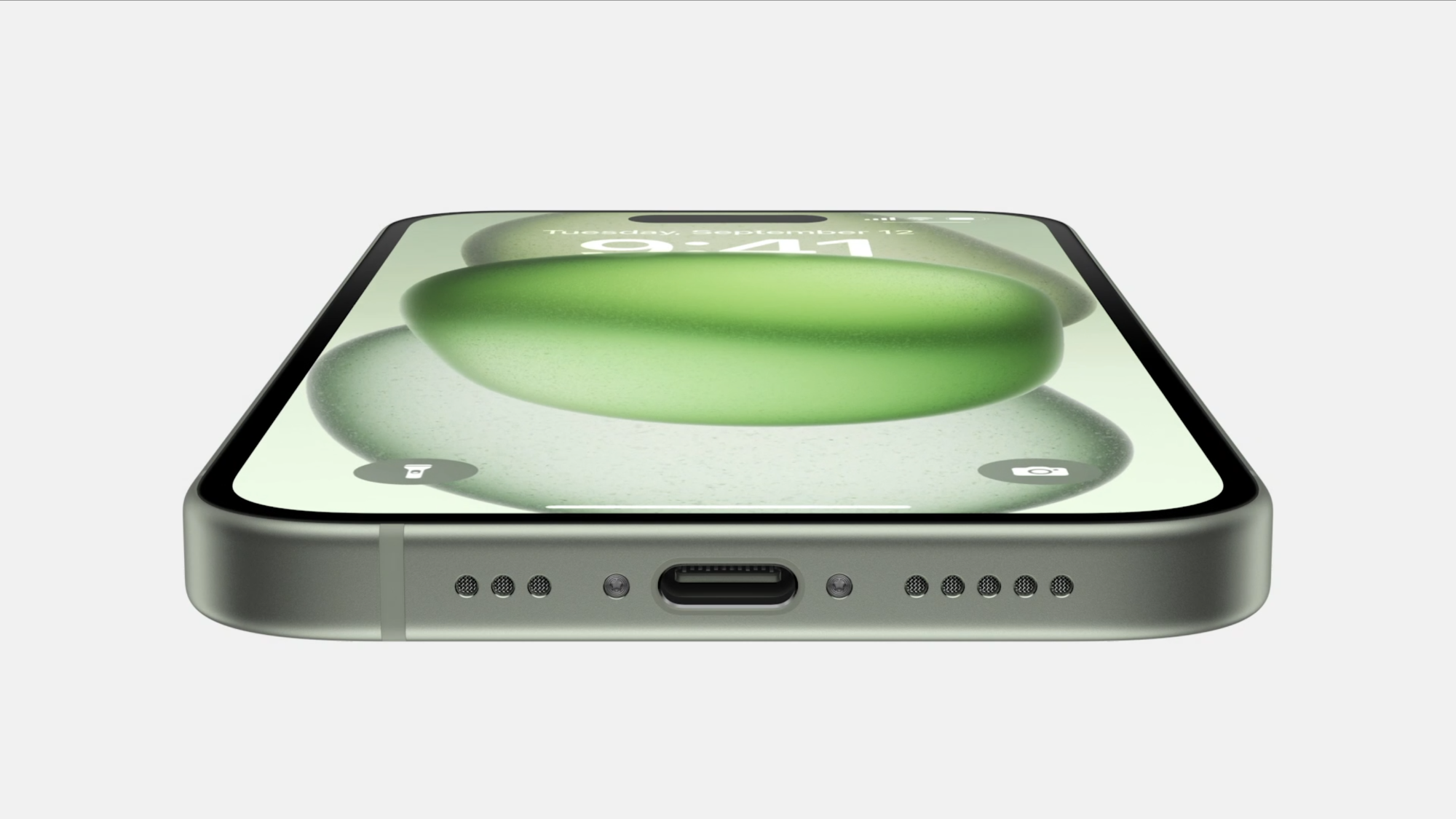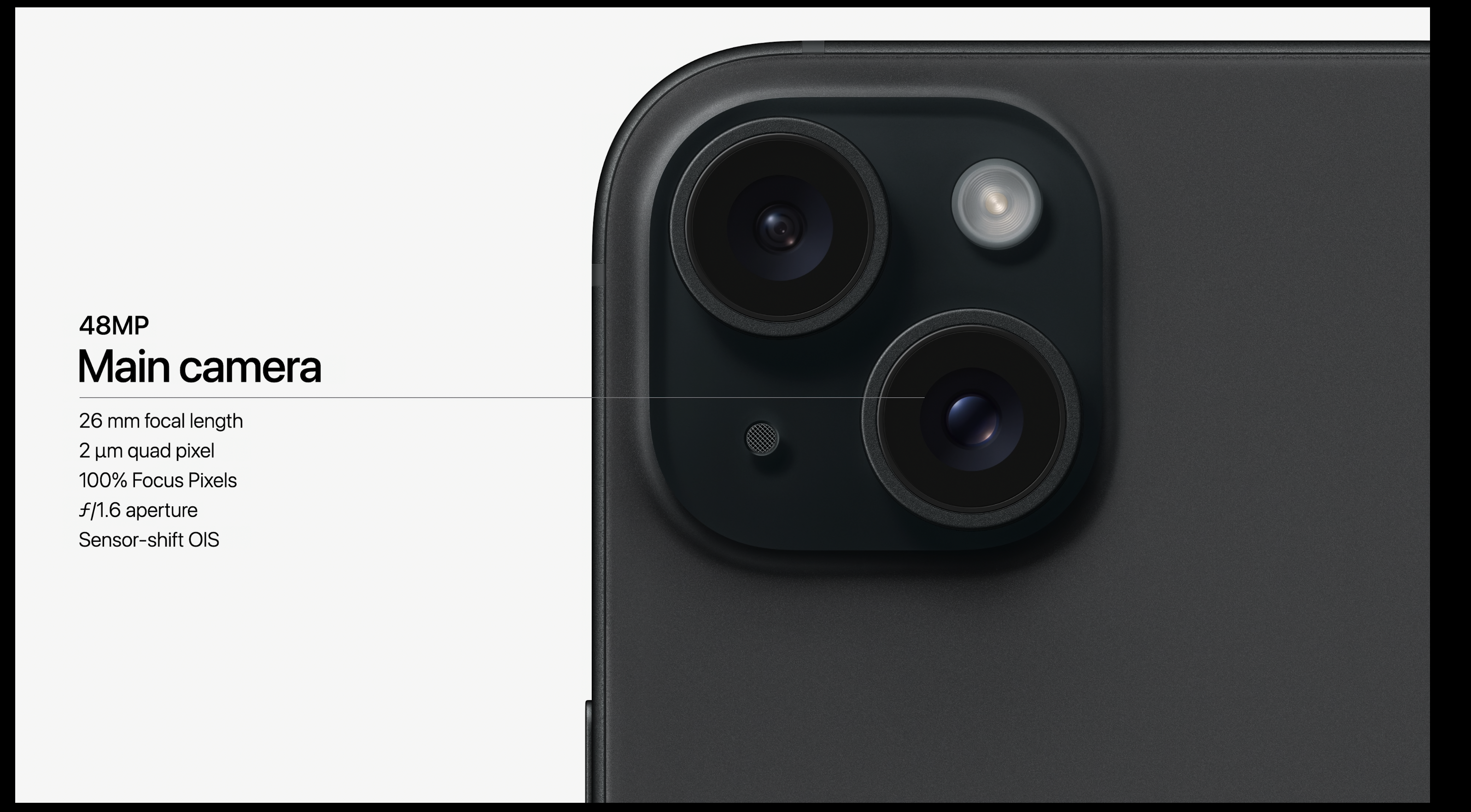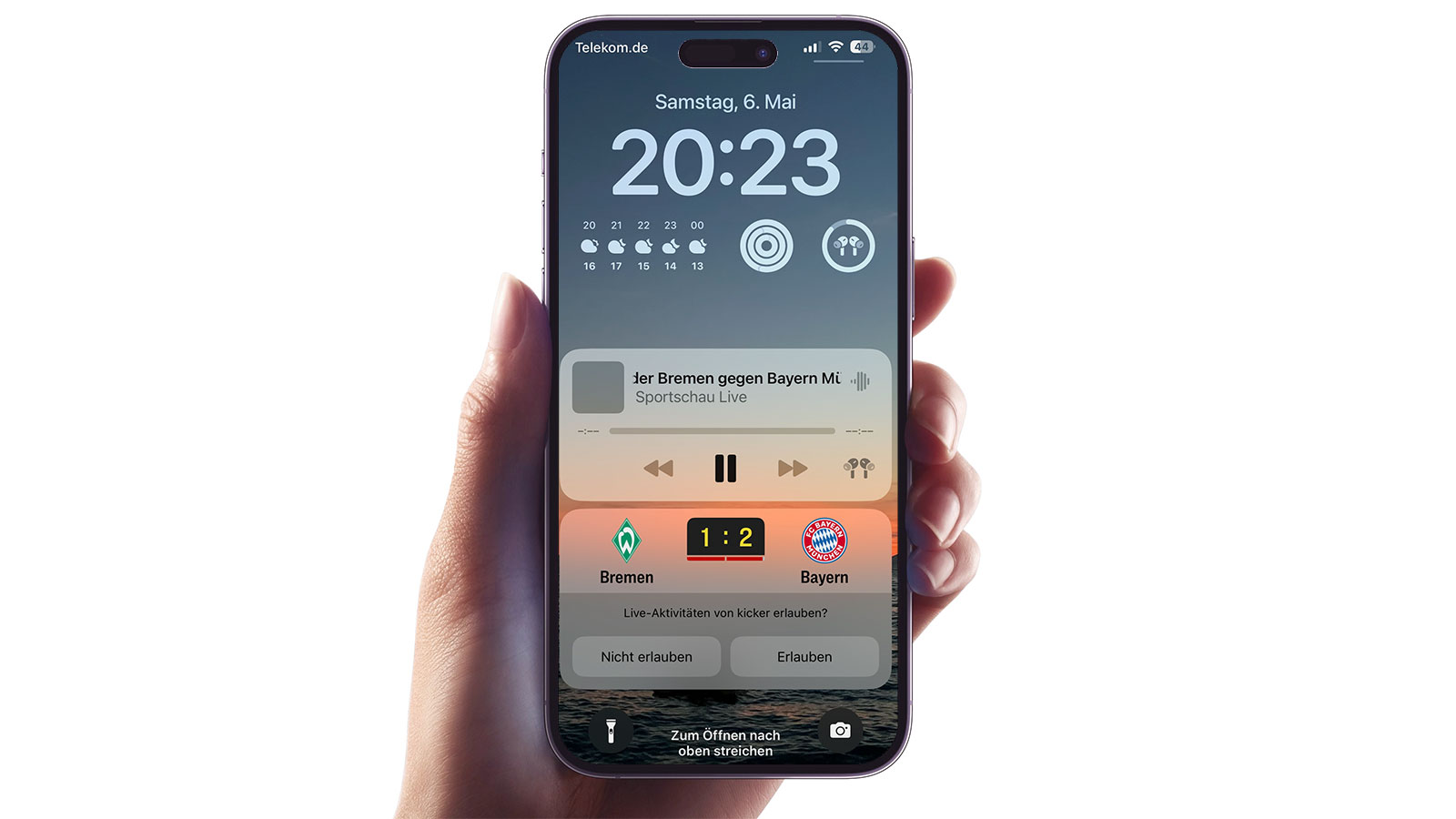
I don’t need to have a new iPhone every year, just the procedure of changing over with various authentications is sometimes a bit annoying. What’s more, the iPhone has matured to such an extent that there are only evolutionary changes from year to year, rarely an innovation that really knocks my socks off.
A new device every three to four years, possibly a replacement battery in between—that’s quite enough. After three to four years, a new iPhone really does feel revolutionary compared to the old one.
But now I’m in the situation of having to change every year for professional reasons. Because even if the innovations from generation to generation are rather sparse, iI need to be familiar with each annual upgrade to make sure I give our valued readers the best possible information. But which model is best for me?
Deciding on a downgrade
In recent years, I have had a red iPhone 11, a green iPhone 12, a lilac-coloured iPhone 13 and a gold iPhone 14 Pro in constant use. I didn’t buy any of them myself, most of them were test models from Apple that we returned after a year, well-looked-after and undamaged.
But what does a spoiled iPhone user buy when they’ve been using the iPhone 14 Pro for a whole year? Your mileage may vary, but I opted for an iPhone 15, without the “Pro.”
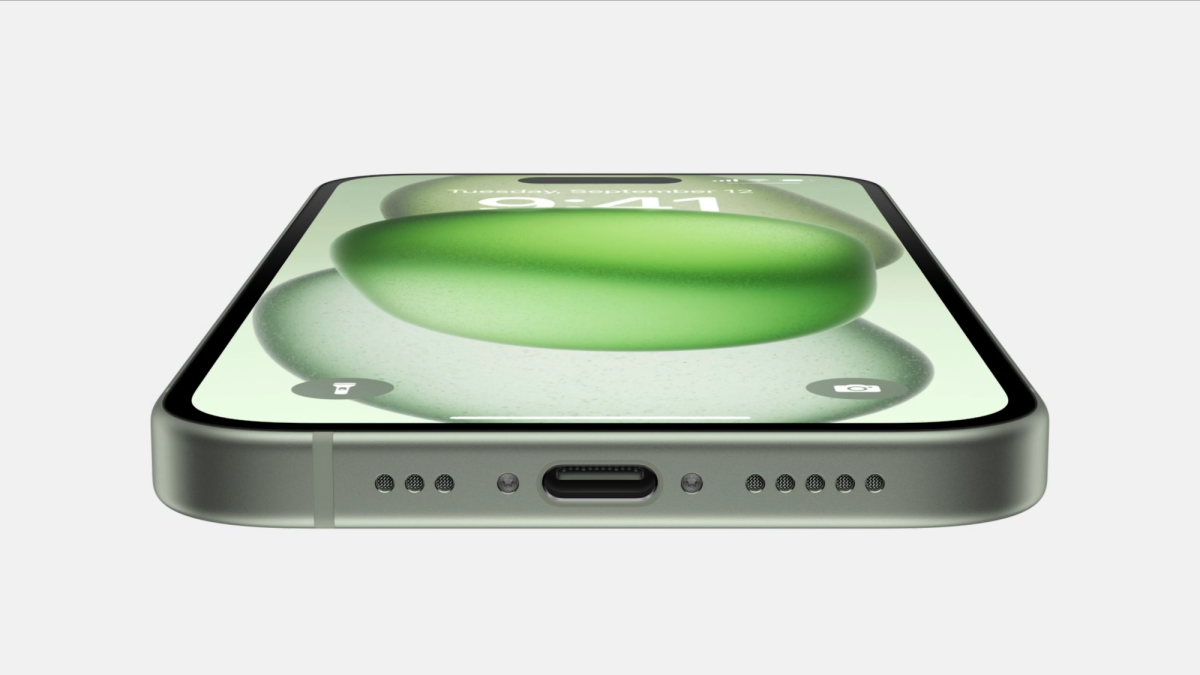
Apple
Why is that? Sure, the price plays a role. Would the features of the iPhone 15 Pro justify the extra cost? Six months after making the switch, I have an answer.
Current best price: iPhone 15

$829

$829.99
The camera: Just as good, minus the zoom
Most people now make their purchase decision based on the smartphone’s camera, so most smartphone tests are actually camera tests. I had always used the normal model with its wide-angle and ultra-wide-angle lens until I got a telephoto lens with the iPhone 14 Pro.
It made a difference compared to the previous iPhone 13, no question about it. On holiday, I was able to leave the other cameras at home for the first time (one a compact digital camera with 6x zoom, one a system camera with 3x zoom), especially as the iPhone simply takes better pictures.
Okay, I like the computational processing of the real images better on the iPhone, but I can’t really judge whether the images are really better.
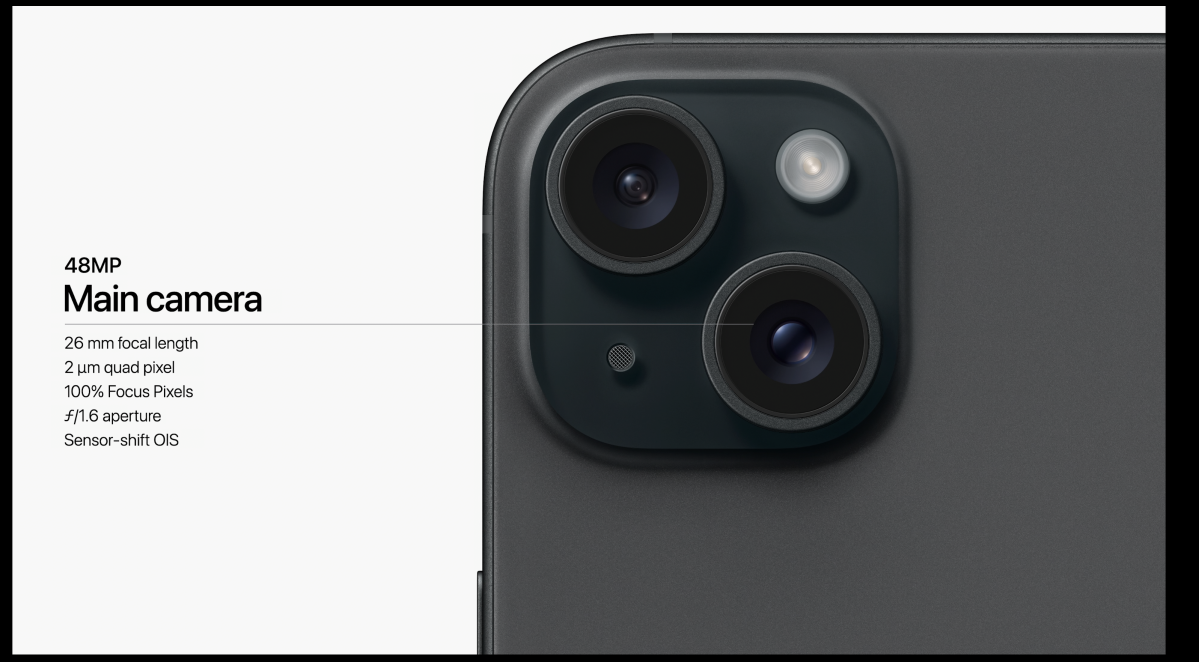
Apple
At the end of 2023, Apple also gave the standard iPhone a 2x zoom. The trick is that the scene photographed with the 48-megapixel sensor just uses the center 12 megapixels, which is a sort of crop-zoom.
As a result, the 2x magnification works like an optical zoom without the resolution suffering and the photo becoming grainy. And even at 3x zoom, though digitally enlarged, was not a problem.
When the Alps seem to start just behind Munich on a clear day, you can’t capture this adequately on a picture with a triple zoom, whereas the digital zoom shows the Zugspitze large, but quite blurred. The change has not taken away my enjoyment of the iPhone in terms of the camera, the 5x zoom (optical) of the iPhone 15 Pro Max would have been a good reason for a bigger investment, but the Pro Max is too large for me.
Let’s see if the rumors are true and the iPhone 16 Pro also gets a 5x or even 6x zoom in a size that I can tolerate. Will I have to pass on the 15 after just one year in the family? My son with his iPhone 11 might be interested.
The processor: I don’t notice any difference
What will soon apply to the Mac chips of the M series has been the rule for the A-Bionics of the iPhones for a few years now: the improvements from year to year are measurable but incremental, but every few years a new chip causes a sensation thanks to the further shrinking of the manufacturing process.
In 2023, this happened with the A17 Pro, the first chip manufactured using the 3 nm process. But that’s no reason for me to buy the more expensive iPhone 15 Pro, because I don’t really need hardware ray tracing; I’m a casual gamer at best, and then preferably chess.
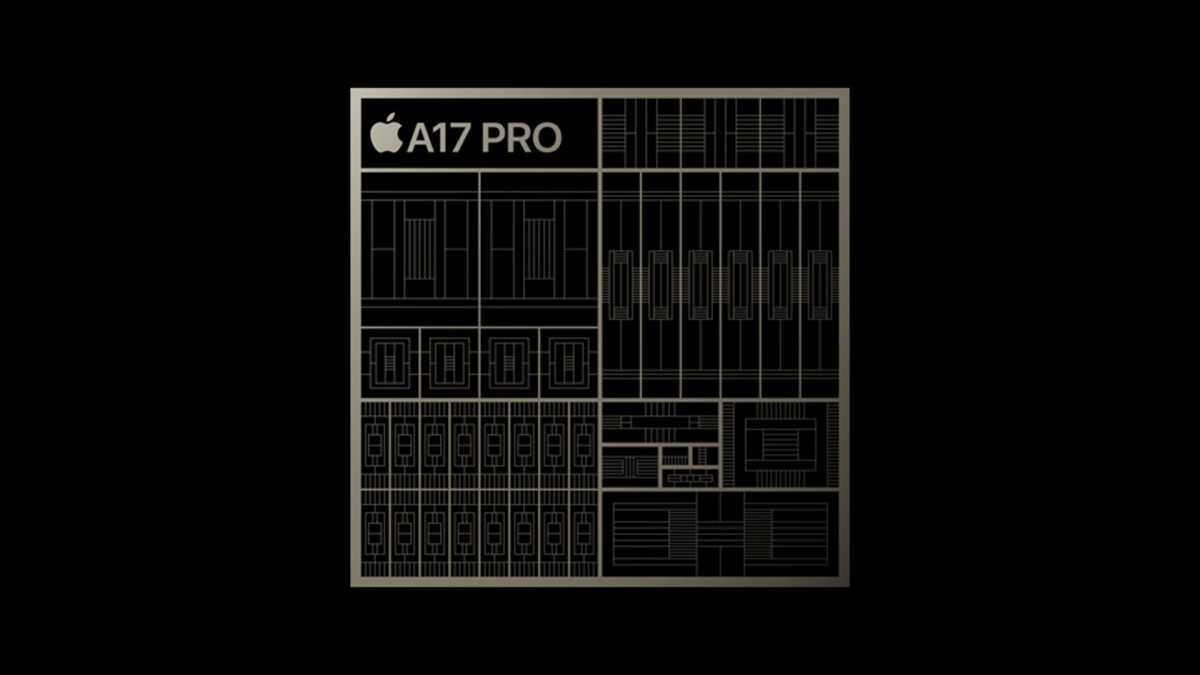
Apple
So my switch from the iPhone 14 Pro to the iPhone 15 meant sticking with the same chip, the A16 Bionic with its 6-core CPU, 5-core GPU and 16-core Neutral Engine: a wonderful piece of technology that is still way ahead of the pack and is completely sufficient for my everyday use.
Things will probably not be much different with the next major leap, but if Apple uses more AI in iOS 18, its functions may not run on all older iPhones. You may get all the latest AI features with the A18 Pro, so even an iPhone 15 Pro wouldn’t help me much here. And I would hardly have noticed its better performance compared to the iPhone 15. So I don’t miss anything when it comes to the chip.
Current best price: iPhone 15 Pro

$999

$999.99
Color and shape: A matter of taste
You can take the view that an iPhone is only an iPhone if the casing is black. I respect that, but I don’t follow it. My second iPhone, a 4S, was white. Then I favored gold, then red, light green, lilac, white gold and now: light blue. Sure, the titanium colors of the iPhone 15 Pro are very chic, let’s see what Apple comes up with for the iPhone 16 Pro.
The iPhone 15’s colors are a little pale, especially compared to the previous generations, but that doesn’t bother me. Green, yellow and even blue are rather white with a hint of the main color, only the black and the pink are a little bolder.
To be honest, the iPhone 14 Pro in gold was rather unfortunate in terms of color. The gold was very pale, the back more milky-white than anything else.
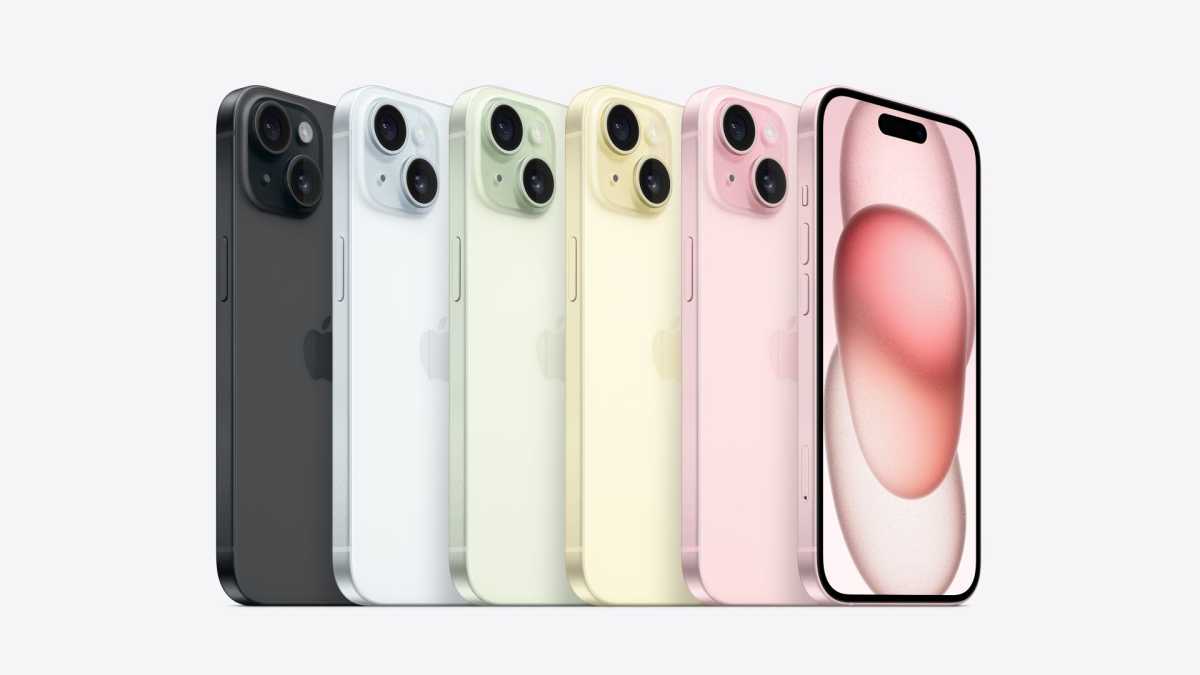
Apple
I would have been reluctant to say goodbye to the damn chic Deep Purple colour or the Sierra Blue of the iPhone 13 Pro, but I don’t miss anything. On the contrary: I like the colour so much that I don’t want to hide it and have bought a transparent case. But after six months, it’s already clearly yellowed.
I’ve taken out Apple Care+, so maybe I should use the iPhone without the case? It feels really comfortable in my hand, far better than the iPhone 14 Pro without a case.
Display: The main reason to go Pro
Apple passes on some innovations from the Pro models to the regular iPhones in the next generation, such as the sensor shift image stabilisation, which was initially only built into the iPhone 12 Pro Max and a year later into all iPhones 13.
Other features are reserved for the Pros for longer, or end up not being included in the second division at all. (Or should we rather talk about Champions League and Europa League? The regular iPhones are far better than second division!)
So far, this includes ProMotion, the adaptive screen refresh rate that Apple has been including with the iPad Pro for years and has only been using with iPhone since the iPhone 14 Pro. Critics of the iPhone have complained that there is still no 120Hz display for the no-Pro models, but that is only one end of the spectrum.
A higher refresh rate leads to a better experience in many games, which, as mentioned above, is not so important to me. And I don’t notice that it’s smoother to scroll through websites, for example.

Zaawely Graphics / shutterstock.com
At the other end of the spectrum, however, there is something I miss about the iPhone 15, possibly the only feature of the iPhone 14 Pro: the always-on display, which uses a refresh rate of 1 Hz.
This was a little unusual at the time and nothing new for Android users, and not every Apple user approved of the feature. However, I liked it and I wish Apple had at least passed this function from the iPhone 14 Pro to the iPhone 15. But that will happen at some point, and my iPhone 15 is certainly not my last iPhone.
This article originally appeared on Macwelt and was translated by Jason Cross.

